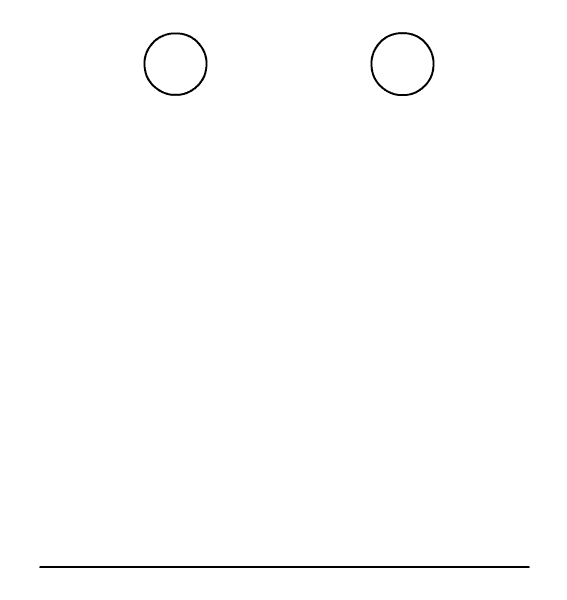4. Squash and stretch
The principle of squash and stretch describes how an object will stretch or flatten depending on its speed and of what material the object is made of. For instance, a ball that is made of very soft rubber (represented below on the left) will squash and stretch more than a heavy ball made of wood (on the right).

When we examine the example above, we notice that the ball on the left stretches more the faster it moves, and it flattens when it hits the ground.
One important thing you have to keep in mind when using squash and stretch is that the object should keep its volume at all times, so if it is stretching vertically, it flattens horizontally and vice versa. Squash and stretch is one of the most commonly used principles of animation, and it is also very useful for character animation and facial expressions. It is also closely related to the principle of exaggeration, as we will see on the next section.